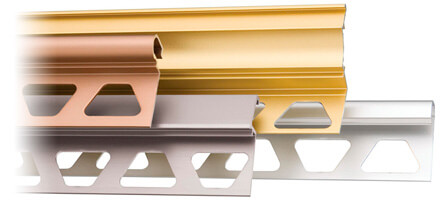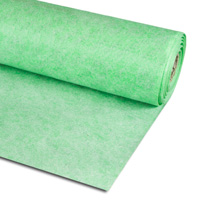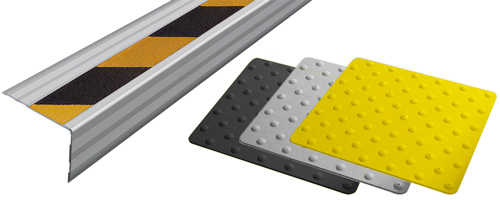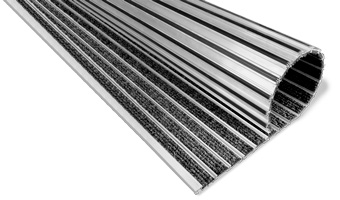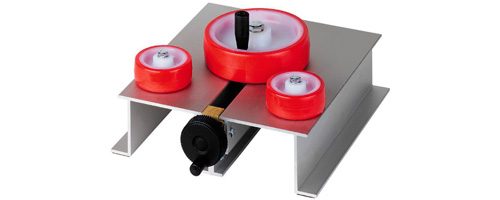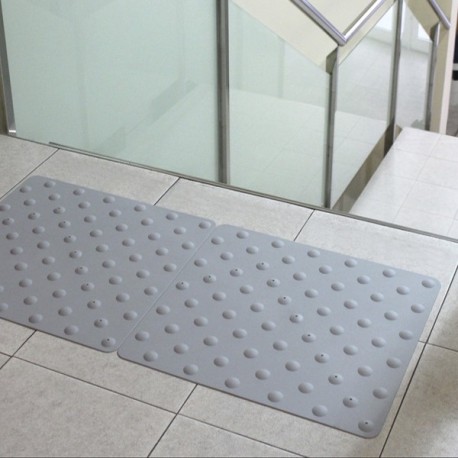Outdoor tactile plate button pattern design, Dinalert paving tiles can alert blind or visually impaired people to areas with obstacles or areas where there is a change in height or opening without protection. Its easy installation by means of adhesive and maintenance, offers a simple solution for the fulfillment of the accessibility in interiors of infrastructures and public buildings, but also suitable for private uses. Made of flexible methacrylate that does not yellow and easy to adjust.
Applications
Dinalert is a podotactile tile designed as a warning element against the risk posed by the edges of platforms, pedestrian crossings, beginning and end of stairs, among others, for the blind and visually impaired.
The tactile tiles, placed on stairs, serve as a signaling element using color and tactile contrast.
It can be placed indoors or outdoors, ensuring that it does not receive direct sunlight as it does not offer much resistance to UV rays.
Installation
Dinalert is easily installed on finished pavement using adhesives. The use of mesh reinforced double-sided acrylic tape is recommended.
For installation on porous substrates, the use of a primer for the substrate is highly recommended, especially on surfaces with anti-graffiti or anti-stain treatments.
- Clean the support where you will install the Dinalert and check that the product is free of residues.
- Make sure that both the support and the plate are dry and in good condition before proceeding with the installation.
- Apply double-sided tape to the back of the tiles.
- Remove the protective paper from the adhesive and stick the touch plate on the desired surface. Apply pressure for optimal adhesion.
- Clean the remains with a soft cloth and let dry.
Cleaning and maintenance
Cleaning should be done with water and detergent or neutral specific cleaner in solution. The correct use of bleach or stronger cleaners on the market does not affect you. When in doubt, always use the solution cleaner and test in a less visible area.
The use of chromic, sulfuric acid or organic solvents such as ethyl acetate, acetone or toluene is not recommended.

